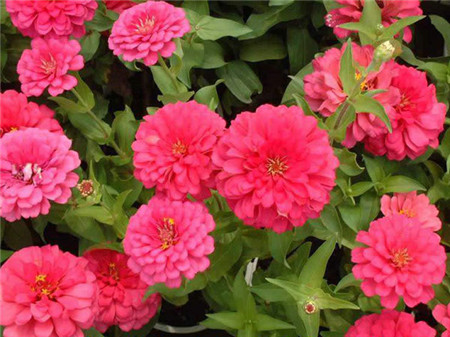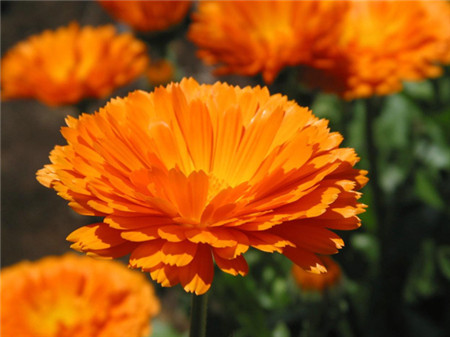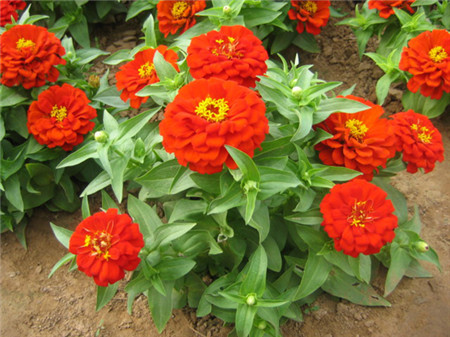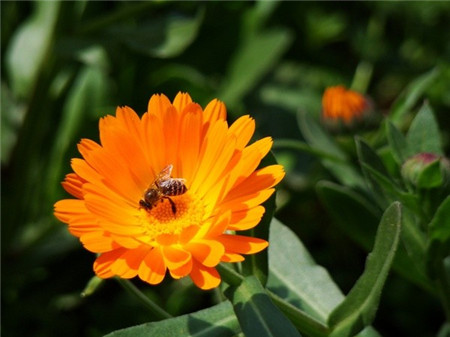1、 Morphological characteristics
Zinnia: also known as zinnia. It is an annual plant. Its stem is straight, high can grow to one meter, low is only 30cm. The leaves are relatively wide, and the eggs are generally in the shape of round or oval, with a length of 5-10cm and a width of 2.5-5cm. The base is slightly heart-shaped and holds the stem, and both sides are rough. The flowering period is from June to October and the fruiting period is from July to October
Calendula officinalis: it is a biennial plant with a whole plant coat of hair. The shape is oblong. The inflorescence is generally solitary, with a flower diameter of about 5cm. The whole plant can grow to about 75cm, and the low one can grow to 20cm. His flowering period is from April to September and his fruiting period is from June to October

2、 Growth habit
Zinnia: I like the warm environment and the sun, but I'm afraid of being too hot, so I should avoid long-term irradiation in summer. It is also relatively drought resistant. Even less watering has little effect on its growth. Its roots are generally deep and its stems are hard, so it is not easy to fall. Suitable for growing in fertile and deep soil and soil. The suitable temperature during the growth period is generally 15-30 ° C
Calendula: Calendula is native to southern Europe and the Mediterranean coast. It likes a mild and cool climate. I'm afraid of heat, so don't expose to the sun. It's cold resistant. Usually, the soil should be loose and well drained. It has a certain drought resistance. The pH of the soil should be kept at 6-7, so that the plants will have more branches and the flowers will be large and dense

3、 Distribution range
Zinnia: native to Mexico. In addition, it is cultivated all over the country. It is also introduced in Xishuangbanna, Mengzi, Yunnan and the southwest of Sichuan. Sometimes it is also wild. It generally has single and double petals, rolled and wrinkled leaves and other horticultural varieties
Calendula: the origin of Calendula is Europe. Its colors include yellow, orange, orange red and white. It has green heart and dark purple flower heart, double and rolling petals

4、 Plant culture
Zinnia: it has a long flowering period and many colors. If you appreciate it as a potted plant, you can see its flowers. You will see that one is higher than the other, which can stimulate people's self-improvement
Calendula: in Europe and America, many people like to cut off its flower stems and put it in bottles for viewing


 jackfruit
jackfruit snake plant
snake plant hibiscus
hibiscus hydrangea
hydrangea lavender
lavender Green roses climb al...
Green roses climb al... If you don't pay att...
If you don't pay att... Management of four g...
Management of four g...



































